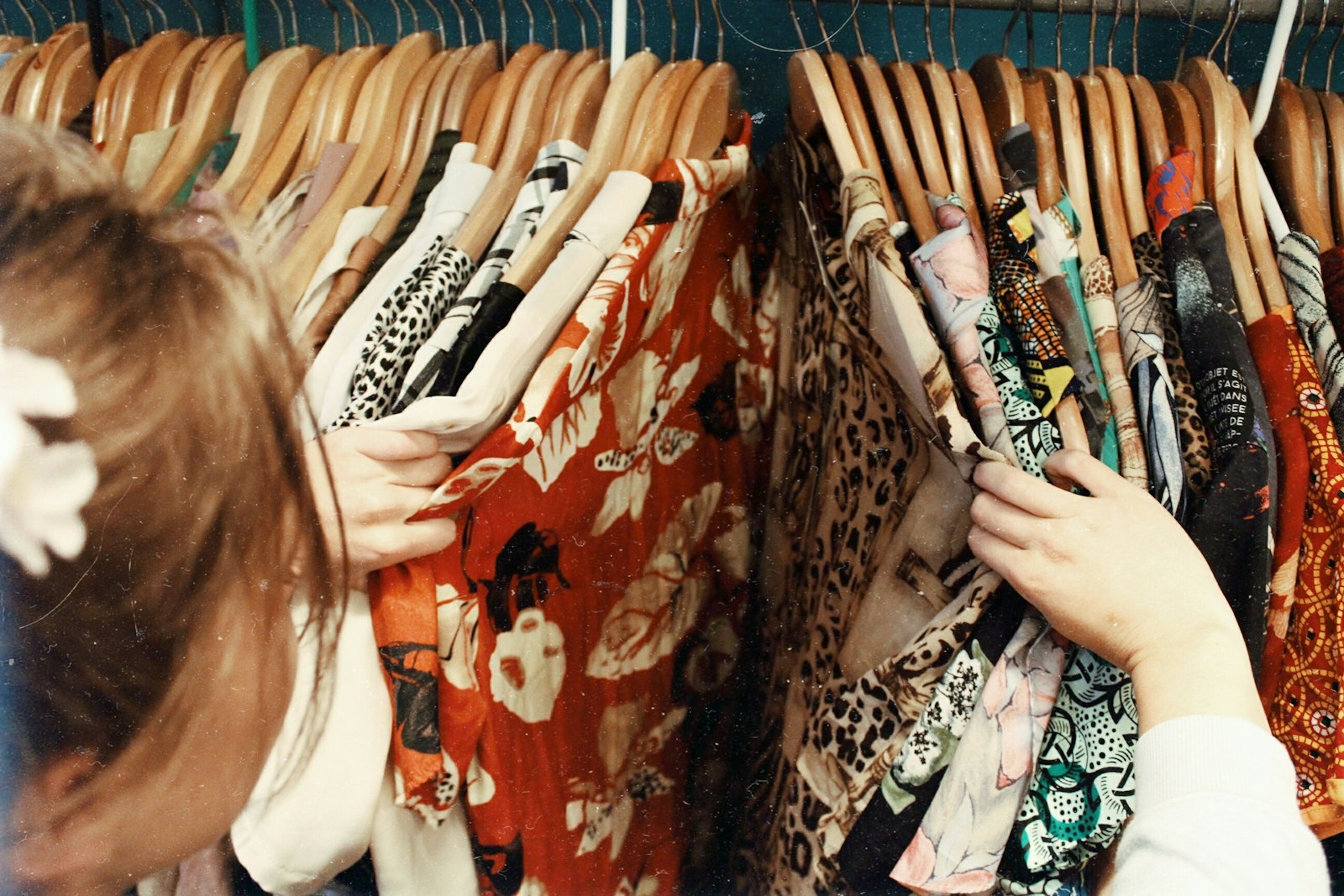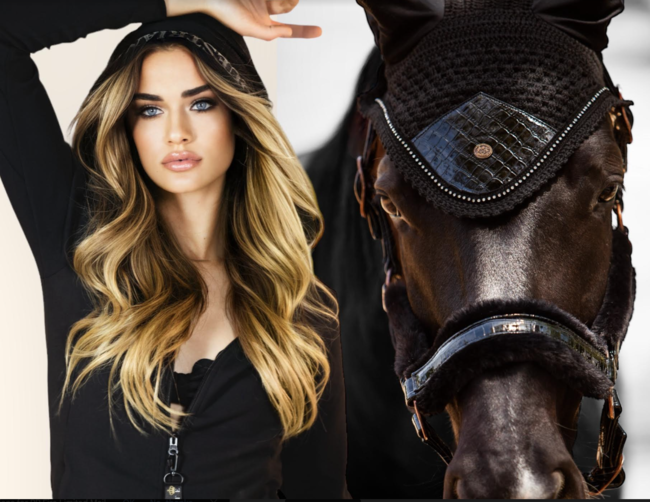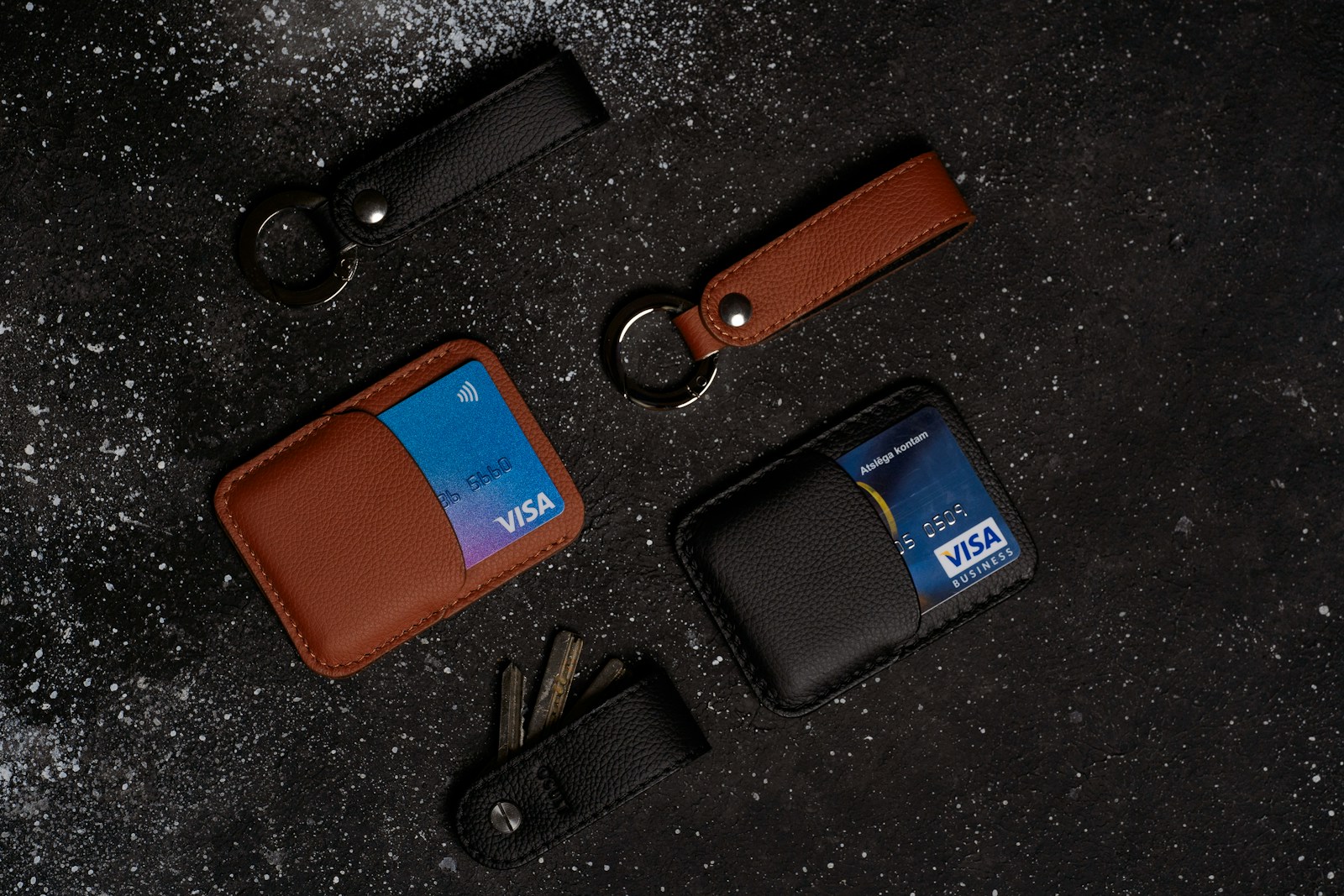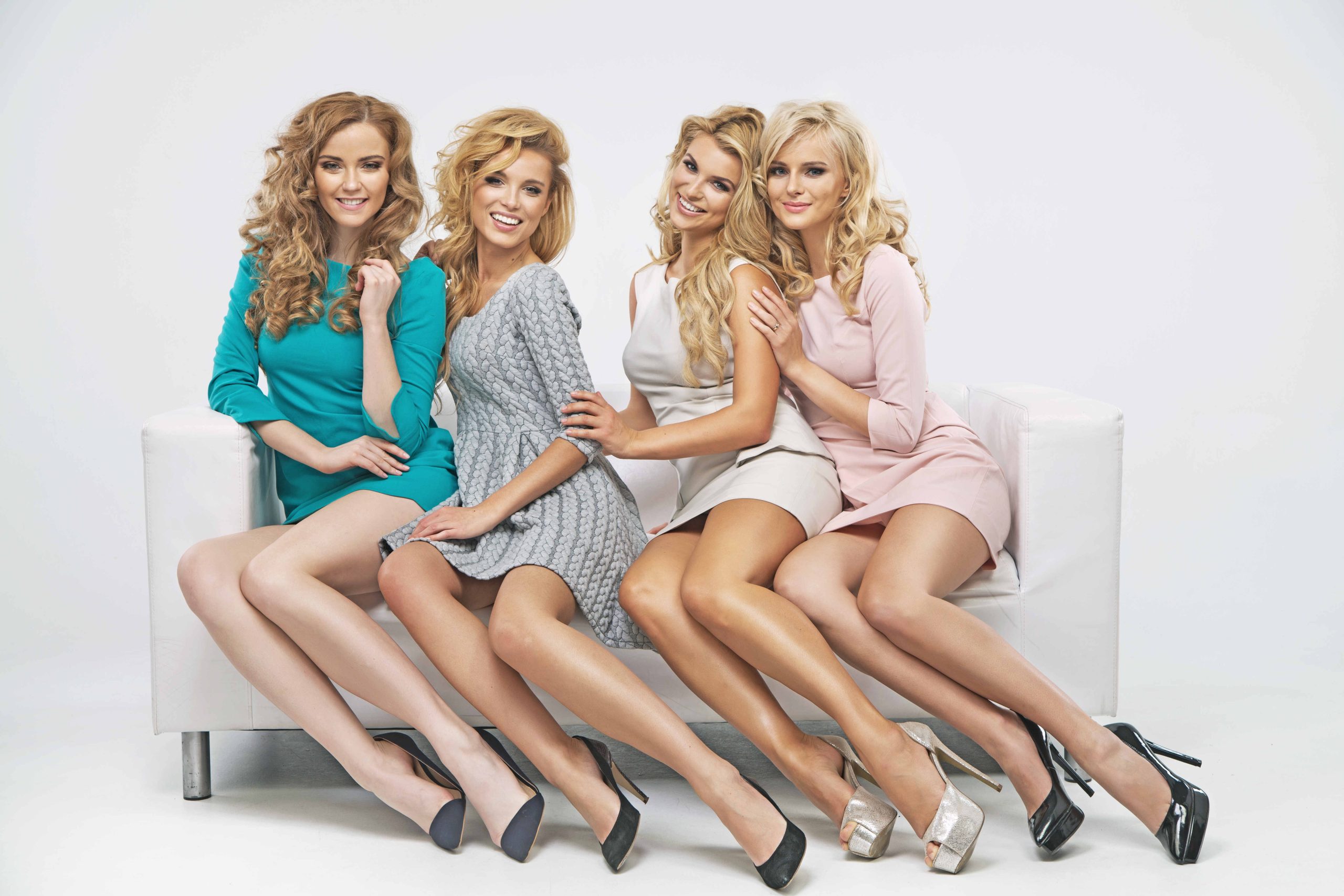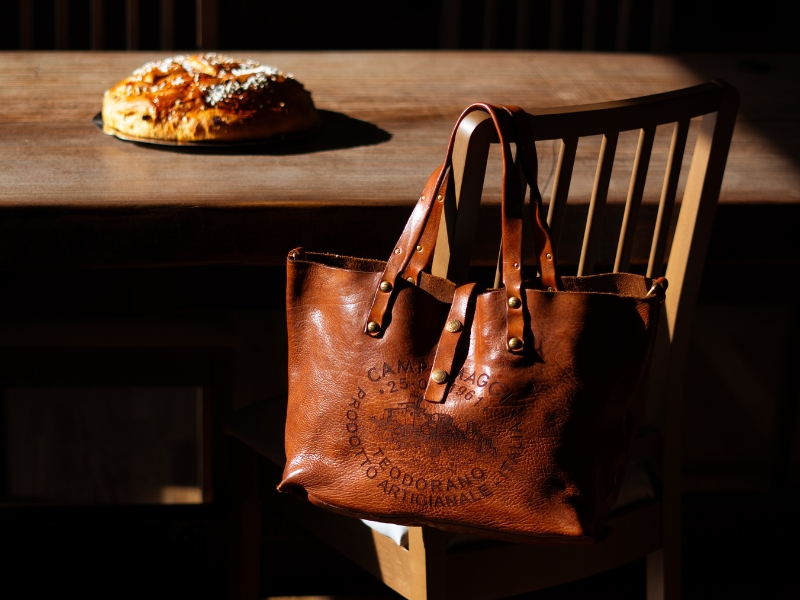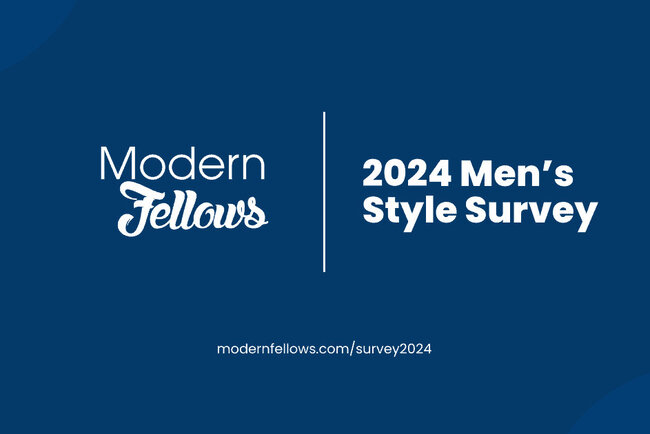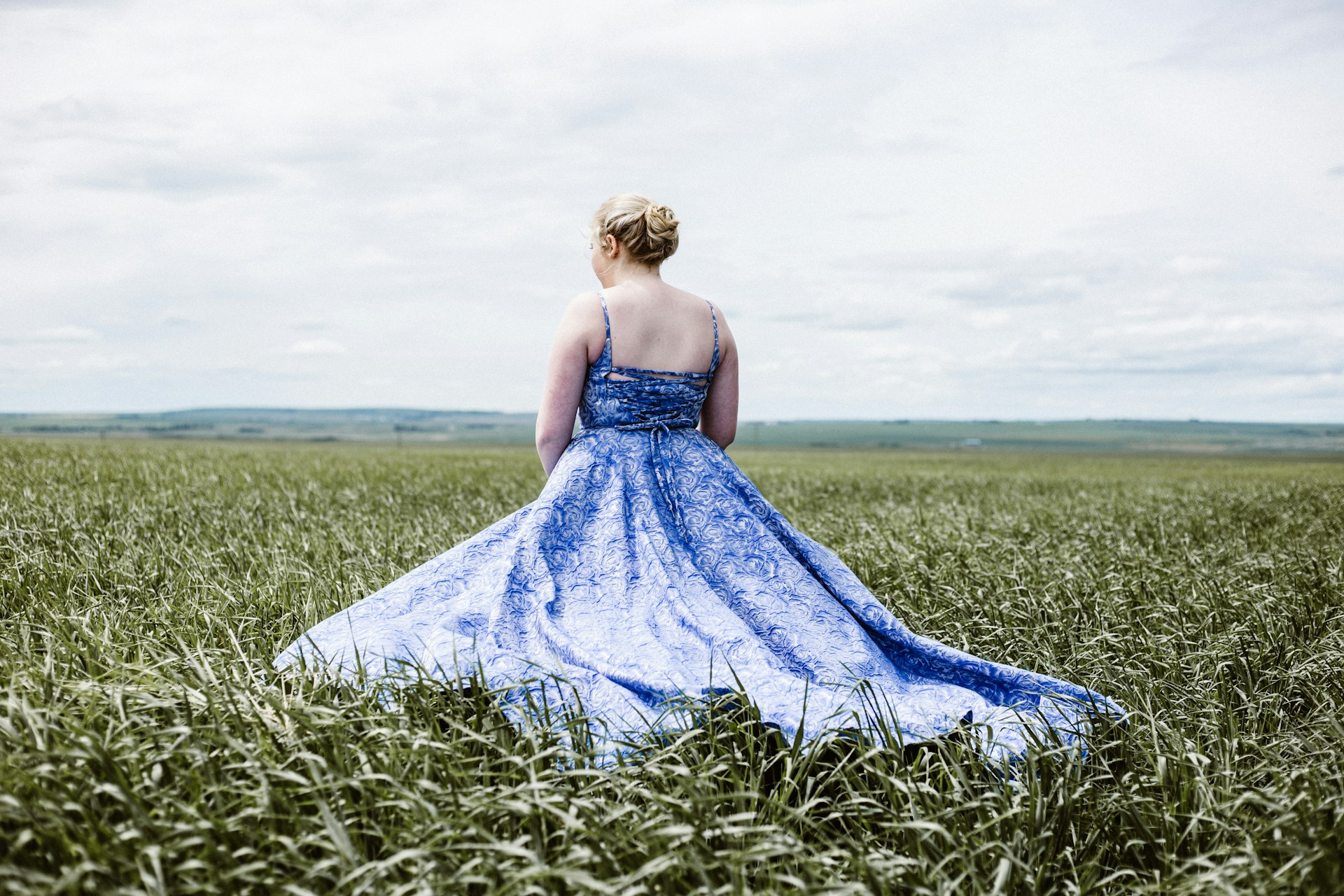Vintage clothing holds a special allure for fashion enthusiasts and those seeking unique, high-quality pieces with an ancient charm. However, whether you’re new to vintage fashion or a seasoned collector, there are important considerations to remember when navigating this exhilarating realm.
From understanding the distinction between vintage and secondhand clothing to recognizing key eras and styles, this article will explore what you need to know about vintage clothing.
Overview of Major Vintage Fashion Eras
Vintage fashion is a term used to describe clothing, accessories, and styles from previous decades that have made a comeback or are considered timeless classics. Here is an overview of some major vintage fashion eras:
1. Victorian and Edwardian Era
From the 1830s to 1910, the Victorian and Edwardian eras were a time of very fancy clothes. In the Victorian period, voluminous skirts, corsets, and high collars defined women’s attire. Men, on the other hand, wore tailored suits with top hats. As the Edwardian era emerged, fashion became slightly more relaxed, with the introduction of the hobble skirt and a move towards softer fabrics.
2. Roaring Twenties
The 1920s, also known as the “Jazz Age,” was when people rebelled against social norms. Women embraced flapper dresses – loose, fringe-adorned garments that allowed free movement and symbolized a newfound independence. At the same time, men adopted more relaxed suiting styles, ditching rigid Victorian looks for looser silhouettes.
3. Golden Age of Hollywood (1930s-1950s)
In Hollywood’s Golden Age, there was glitz and sophistication. Women’s fashion featured elegant gowns, tailored suits, and iconic accessories. In contrast, men wore sharp suits and fedoras inspired by Hollywood heartthrobs. This era showcased the influence of cinema on fashion, making stars like Audrey Hepburn and Marilyn Monroe style icons.
4. Swinging Sixties
The Swinging Sixties broke away from the conservative ’50s, embracing bold colors, shorter hemlines, and mod styles. Women embraced mini skirts and go-go boots, while men experimented with vibrant patterns and unconventional suit styles. The youth-driven fashion of this era reflected the cultural shifts and social revolutions.
5. Groovy Seventies
Notably, the Groovy Seventies were a kaleidoscope of styles, from bohemian and hippie aesthetics to disco glam. Bell-bottom pants, maxi dresses, and psychedelic prints defined the era. The ’70s embraced a mix of free-spirited, casual looks and flashy, disco-inspired attire.
6. Eighties and Nineties Nostalgia
Bold fashion choices, including neon colors, oversized silhouettes, and power suits, marked the Eighties. The Nineties, in contrast, brought a shift towards more casual and grunge styles.
Both decades are now nostalgically celebrated, with trends like high-waisted jeans, flannel shirts, and scrunchies making comebacks in modern fashion.
Shopping Tips for Vintage Clothes
Shopping for vintage clothes can be a thrilling and rewarding experience, but it can also be a bit overwhelming if you’re new to it. Here are some simple shopping tips to help you find the perfect vintage pieces:
1. Explore Various Avenues
When diving into the world of vintage shopping, cast a wide net. Explore diverse avenues such as thrift stores, consignment shops, online platforms, and even flea markets. Each place has its unique treasures waiting to be discovered.
For instance, thrift stores often offer budget-friendly finds, consignment shops provide curated selections, and online platforms widen your access to a global vintage market. Be open to different avenues to increase your chances of finding that perfect vintage piece.
2. Check for Authenticity
Authenticity is key when hunting for vintage gems. That being said, learn to distinguish between genuine vintage items and modern reproductions. Examine labels, stitching, and materials to gauge the age of the garment. Original tags and labels from specific eras are good indicators of authenticity.
Additionally, inspect the craftsmanship and materials, as vintage pieces often feature high-quality construction. If you’re unsure, don’t hesitate to ask the seller for more information or seek the advice of seasoned vintage enthusiasts.
3. Assess Condition
When shopping for vintage clothes, it’s crucial to assess the pieces’ condition. In that sense, check for any signs of wear, like loose seams, stains, or discoloration. Vintage items might have wear and tear due to their age, but understanding the extent of these imperfections helps you make an informed decision.
Also, look for garments with minimal damage or flaws, and consider if any issues can be easily repaired. This way, you ensure that your vintage finds not only have character but are also in wearable condition.
4. Find the Right Size
Don’t get caught up in the numbers; instead, focus on finding pieces that fit your body comfortably. Take your measurements and compare them to the sizing information provided by the seller.
Remember that alterations can be made to adjust the fit if you fall in love with a piece that’s slightly too big or small. Don’t be afraid to try items on or ask for specific measurements when shopping online.
5. Explore Negotiation Possibilities
Before negotiating, research the approximate value of the items you’re interested in, considering their condition and rarity. Be respectful and friendly while discussing prices, and don’t hesitate to ask for a discount.
Some sellers might be open to offers, making your vintage shopping experience not just a treasure hunt but also a budget-friendly endeavor. Remember, a bit of negotiation can make your vintage finds even more satisfying.
Appreciate the Timeless Charm of Vintage Clothing
Indeed, balancing vintage treasures with your modern wardrobe allows you to create a truly distinctive and personal style. So, revel in the elegance of the past and appreciate the timeless charm that vintage clothing brings to your fashion narrative.

